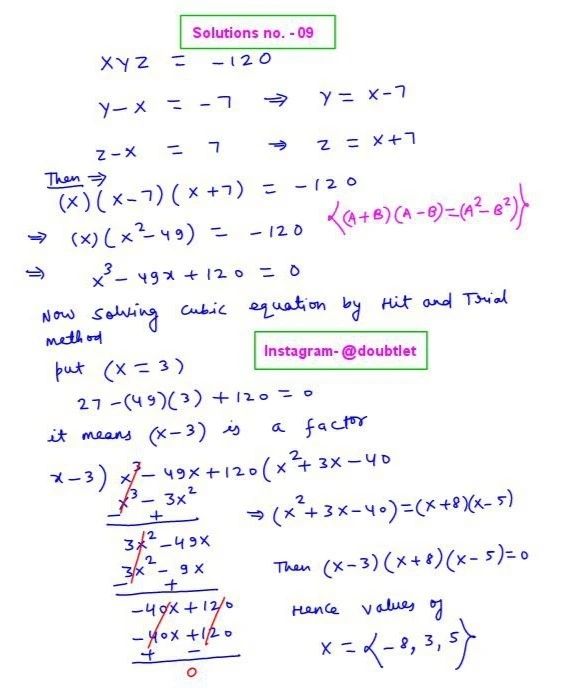









Question :
Find a basis for the eigenspace corresponding to the eigenvalue for the matrix:
a basis for the eigenspace corresponding to is

Solution:

Neetesh Kumar | October 16, 2024
Linear Algebra Homework Help
This is the solution to Math2B Course: Linear Algebra
Assignment: Ch5 Section 1 Question Number 6
Contact me if you need help with Homework, Assignments, Tutoring Sessions, or Exams for STEM subjects.
You can see our Testimonials or Vouches from here of the previous works I have done.
Get Linear Algebra Homework Help
Step-by-step solution:
Eigenvalue and Eigenvector calculator
To find the eigenspace for , we need to solve the equation:
where is the identity matrix.
Step 1: Compute
We subtract from matrix :
Step 2: Solve the system of equations
We now solve the equation:
Row reducing the augmented matrix:
After performing Gaussian elimination , we get the following reduced matrix:
This gives us the following system of equations:
From this equation, we can express in terms of and :
Thus, the general solution for the eigenvector is:
We can break this into two independent vectors by setting for one vector and for the other:
Final Answer:
A basis for the eigenspace corresponding to is:
Please comment below if you find any error in this solution.
If this solution helps, then please share this with your friends.
Please subscribe to my Youtube channel for video solutions to similar questions.
Keep Smiling :-)
Comments(0)



Leave a comment